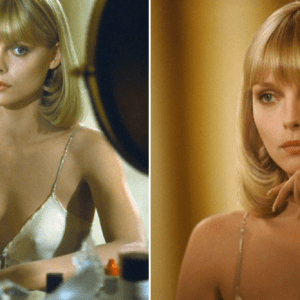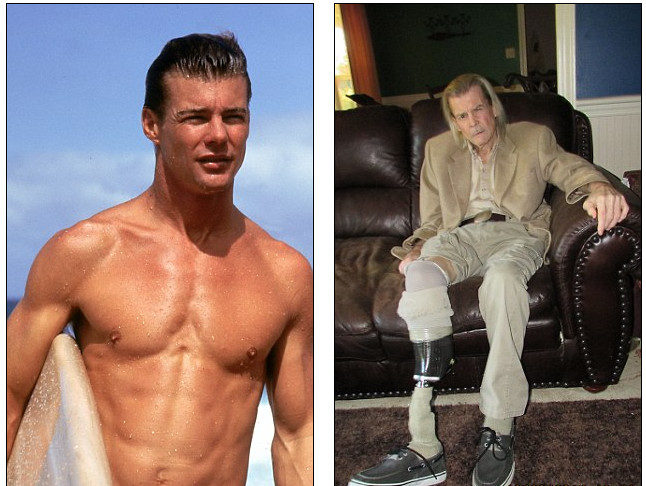
Back in the 1980s, if you turned on your television and saw a helicopter racing across the screen, odds are Jan-Michael Vincent was in the cockpit. He was the face of Airwolf, a smash-hit action series, and for a while, he seemed untouchable. He had everything: the looks, the money, the fame. At $40,000 an episode, Vincent was one of the highest-paid actors on TV.
But behind that cool exterior was a man unraveling. What happened to Jan-Michael Vincent wasn’t just a fall from grace—it was a complete collapse, one that left a lasting mark on both the entertainment world and those who watched him fade from the spotlight.
Video: The Rise and Fall of Jan-Michael | Studio 10
Jan-Michael Vincent didn’t ease into Hollywood—he rocketed in. With a surfer’s charisma and intense on-screen energy, he quickly landed roles in cult classics like The Mechanic and White Line Fever. He had that rare mix of bad boy and golden heart, and directors loved him for it.
His breakout came with Airwolf in 1984. Playing Stringfellow Hawke, the brooding pilot with a tragic backstory, Vincent was magnetic. He wasn’t just acting—he was the role. The audience believed in him. So did producers, who made him one of the most expensive talents on prime-time TV.
With fame came pressure—and Jan-Michael cracked under it. His battles with addiction became well known in industry circles. He missed shoots. He racked up legal issues. And slowly but surely, his star began to dim.
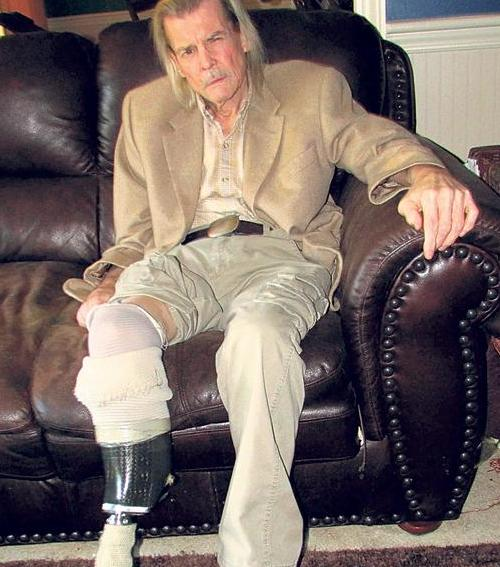
By the late ’80s, the man once hailed as television’s next big thing was slipping away from the roles that made him famous. The work dried up. His name appeared more in tabloids than in credits. He had become a cautionary headline.
In 1996, tragedy struck again. Vincent was involved in a devastating car crash that nearly killed him. He survived, but the damage was permanent. A broken neck, damaged vocal cords, and a rasp that replaced his once-commanding voice. His body would never fully recover.
The accident left him with lingering pain and mobility issues. For a man who had once been the action hero, able to run, jump, and fly across our screens, the contrast was jarring. Fans barely recognized him in rare public appearances.
Video: The Tragic Story of How Jan-Michael Vincent Destroyed His Life
Things didn’t get easier. Years after the accident, in 2012, a severe infection led to the amputation of his lower right leg. Doctors had no choice. Later, another infection would lead to more of his leg being removed. He relied on a wheelchair and prosthetics. His health, already frail, continued to spiral.
Photos of him surfaced occasionally—thin, worn, nearly unrecognizable. But his spirit, oddly enough, remained. He never denied what had happened. He owned his past, however painful it was.
Money? Gone. At one point, Vincent owed $70,000 in back taxes. The lavish lifestyle of his Airwolf days had vanished. Interviews became rare. He spoke candidly when he did, acknowledging that he was no longer the man people remembered.
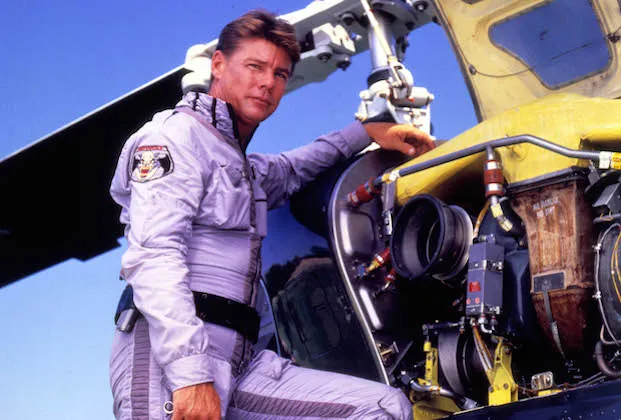
He didn’t sugarcoat his struggles. He admitted his mistakes. He didn’t play the victim—but he also didn’t hide from the truth. There was a quiet honesty in how he reflected on his journey, one that’s rare in the celebrity world.
Jan-Michael Vincent’s life was a masterclass in both the highs and lows of fame. He reached the kind of success most actors only dream about. But without the right tools to handle it, that success can become a curse. His downfall wasn’t just about poor choices—it was about a system that often fails the people it celebrates.
In many ways, he was a victim of the era. The ’80s Hollywood machine chewed through stars and spit them out when they stumbled. There was no safety net. No roadmap for recovery. And no real forgiveness from the industry when things went wrong.
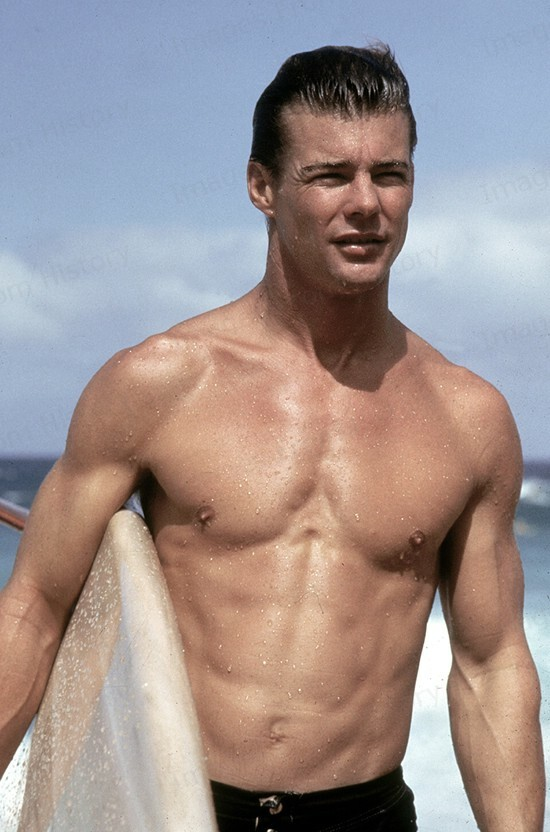
Vincent passed away in 2019 at the age of 74. No big Hollywood tribute. No memorial special. Just a quiet ending to a very loud life.
But here’s what matters: for a while, he was the face of action TV. He made millions dream of flying a supersonic helicopter. He made characters feel real. And even in his darkest moments, he showed something that made people care—flaws and all.
His story is more than a tabloid tragedy. It’s a reminder of how fast things can change, and how important it is to take care of what’s behind the camera, not just in front of it.
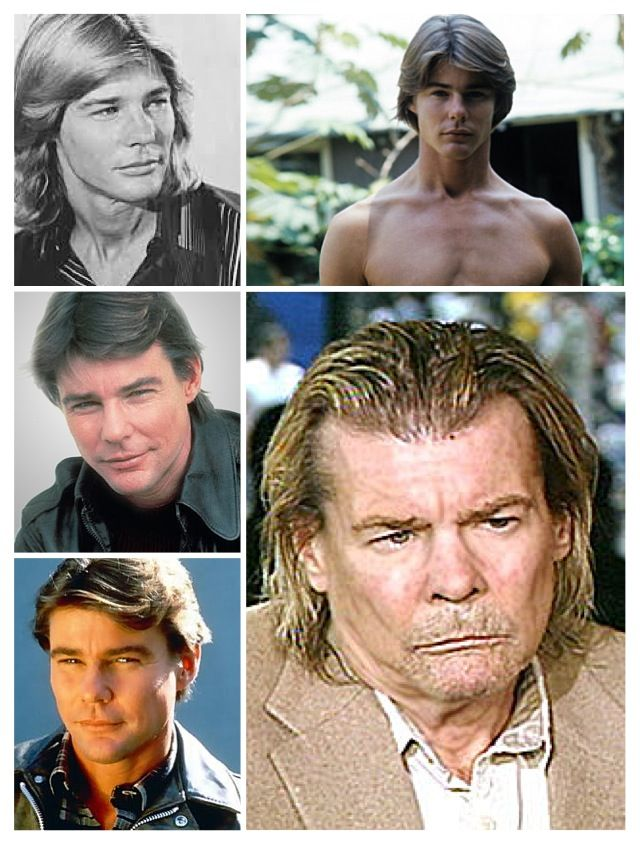
Jan-Michael Vincent was more than a fallen star. He was a man who shined brightly, burned out fast, and spent decades trying to make peace with the wreckage. His life was messy, heartbreaking, and painfully human.
Yes, he made mistakes. Yes, he lost more than most of us can imagine. But he also gave audiences unforgettable performances—and in his own way, left behind a legacy of raw truth in an industry built on illusions.
Sometimes, the brightest lights cast the deepest shadows. And Jan-Michael Vincent’s story reminds us that behind every headline is a human being, just trying to survive.
